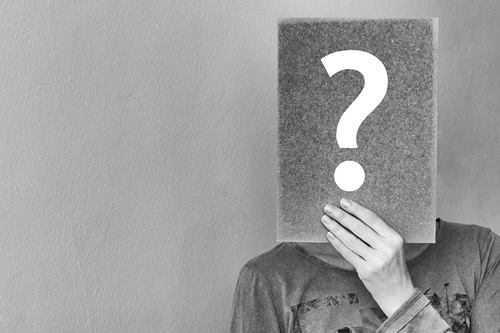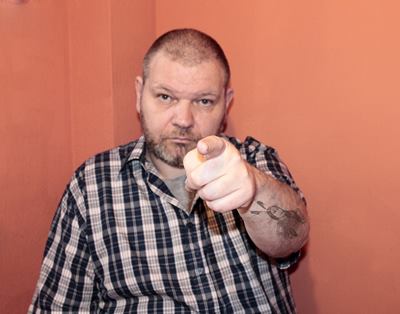Sometimes you develop new routines by accident. In this case it was developing Vague Therapy A client came to me that I had seen the week before. I had worked with her to erase her feeling of inadequacy in group situations. I asked her about the results from our previous session.
She said she felt much better. "For example, at lunch on a training course I felt open and talked to everyone. I contributed all the way through. My previous problem of feeling shy in company and being unable to speak has just gone away completely."
She told me that she is now OK in groups, but she still feels inadequate on dealing with senior people one-on-one. It's like she is in awe of these people. "I hate being in the spotlight. I feel as though I'm been put on the spot and I don't know what to say."
She told another story. "I was in my office building waiting for the lift when this older man started speaking to me. He jokingly said he had ordered the lift for me. He asked me how I felt et cetera, et cetera. I chatted back very comfortably. Until I asked him if he was looking for someone in particular in the building."
He replied "No, I am a member of the Board".
"I immediately felt tongue-tied and embarrassed. It is this feeling I want to deal with."
Repeating the same therapy probably won't work
I was running out of time because I had a wedding to go to later on. I had to do something within the hour. So I opted for a parts therapy. I did a very short induction on her.
As soon as I started on the parts routine I got this horrible feeling that I had done exactly the same thing with her last week. Usually I consult my notes before a client, but in the rush getting ready for the wedding, I had forgotten. I started panicking. But there was no going back. I felt very nervous, I am sure you could hear it in my voice.
Developing Vague Therapy
I usually suggest a detailed intro to get to some specific place that represents her unconscious mind. Usually I lead the person into a magic cave. Then they meet someone who discusses at length what behavior to change. This time I didn't have time for any of that. I had come up with something different. This time I just suggested a very large space. There was no suggestion of caves or cathedrals or anything else. I told her she was sinking into a big chair. Instead of trying to address the specific behavior, I just told her that she was getting the feeling that she had when she was talking to the man outside the lift. Immediately it was clear that she was in the feeling. Her chin was wobbling, her face was moving, she was very distressed.
I was then committed to continuing some sort of parts therapy, so I just pressed on. I was sure that I had done the same routine with her the previous week, and I was desperate not to duplicate it. So I did a very short version of the usual routine. Basically it was the same parts routine, but using as vague words and ideas as I could think up. I stripped out all the detail of what was happening and tried to avoid any imagery of the previous week's session. I had no idea what she would think of getting the same thing twice.
The outcome of developing Vague Therapy
When I got her to count herself out, she said that she was amazed at how vivid and real it was. She described in great detail what she saw and felt. "I felt really moved by all the forces I encountered." "I want to come back and do more of this!"
In fact, I had not done the parts therapy with this client. I had done it with a different client a few days before. The two clients looked remarkably similar. That's why I thought that I had done the same routine with her previously.
What was interesting was that the vaguest instructions actually worked better that my usual, carefully constructed routine.
What do you think?
Have you ever had to make it up as go along? What were the results?









